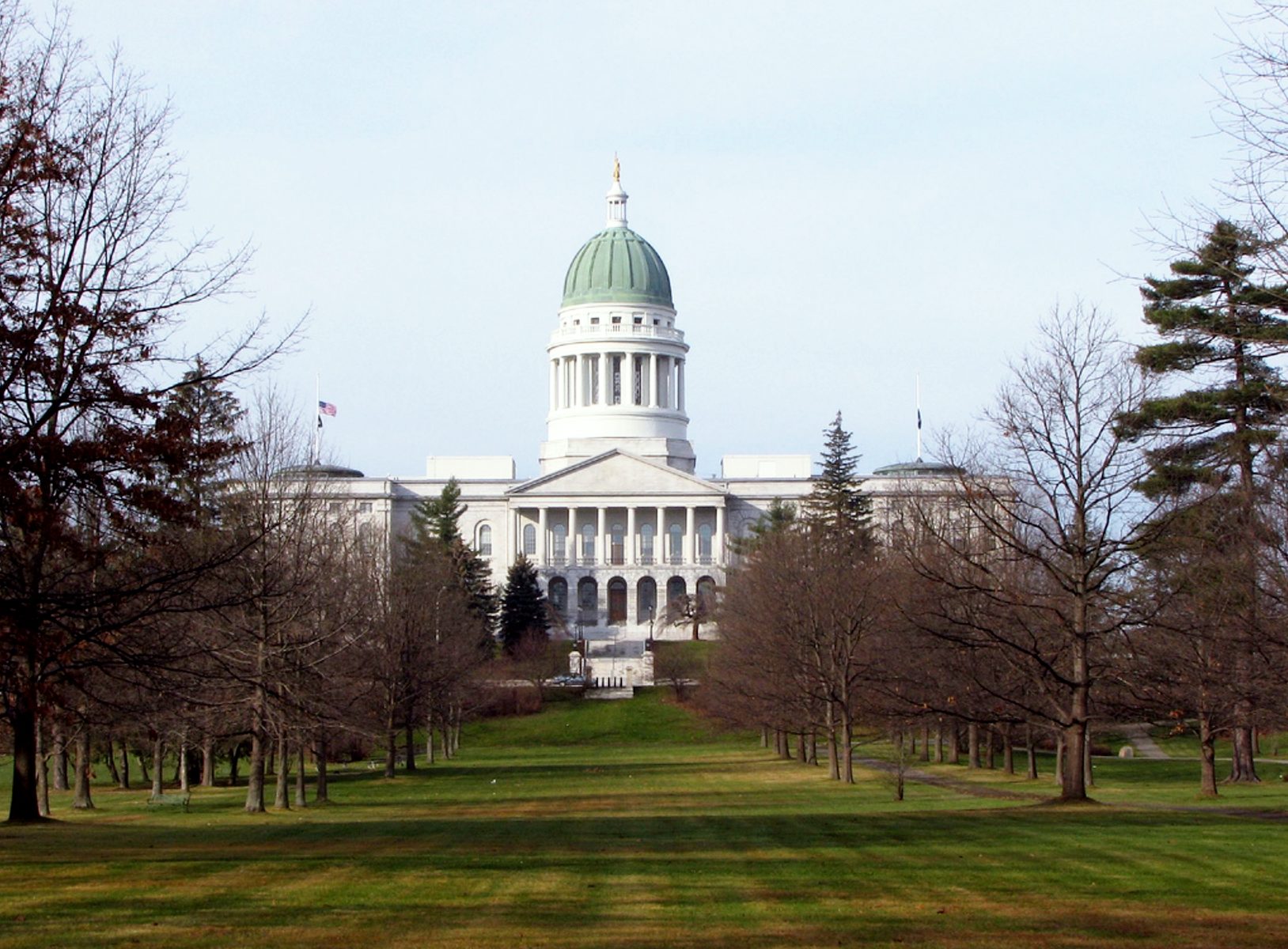On November 8, Maine voted to switch to a ranked-choice voting system. Though overshadowed by other results of that election, the switch will create a dramatic change in the underlying structure of the state’s political institutions.
Under ranked-choice voting, voters receive ballots which offer them three slots to rank candidates in any order that they choose. To count the ballots, election officials begin with the aggregate results of the first slot. If any candidate receives a majority of the first choices, the counting ends and he or she is declared the winner, just like in a normal election. If no candidate has the majority after the first count, the candidate with the fewest votes is removed, and the ballots that ranked that candidate first are shifted to the second choice. The process is repeated until one candidate has a majority.
Maine residents who remember the 2014 gubernatorial election undoubtedly understand the importance of this change. In 2014, the race for the governorship was a three-way affair; Paul LePage ran for the Republicans, Mike Michaud for the Democrats, and Eliot Cutler as an independent. The race was tight, and LePage won with only 48.2 percent of the vote. His Democratic opponent Mike Michaud received 43.4 percent and Cutler picked up a healthy 8.4 percent.
Under ranked choice voting, Cutler’s last-place finish would have eliminated him, and the votes were cast for him would be redirected to second choice of those voters. We cannot know for sure who would have received more of these second choices, but considering that Cutler was pro-choice, pro-gay marriage, and in favor of universal background checks for gun ownership, it seems likely that most of his voters would have favored Michaud over LePage. These votes might have changed the outcome of the election. If ranked choice voting had been in place then, Michaud might be governor today.
Certainly this result would be important in its own right, and no doubt there are similar cases in which ranked choice voting could have changed the result of an election. But ranked choice voting will also lead to a more fundamental shift: it will help third party candidates and moderates win elections.
Under normal voting, third-party candidates rarely stand much of a chance. Most people recognize that a vote for a third-party candidate is wasted; the real election takes place between the two mainstream candidates. Under ranked choice, however, we do not have to worry about wasting our votes. We can use our first choice on the long-shot and our second choice on the lesser of two evils. The result is more votes for third parties and more third party victories.
Moderates are also favored by ranked choice. A candidate who is not the top choice for many people, but is popular as a second or third choice among a broad coalition of voters, has a real path to victory. In Oakland’s 2010 gubernatorial election, ranked choice had already been adopted and Jean Quan pulled off an upset against the incumbent Don Peralta. Political consultant Jim Ross said of Quan, “She ran a very focused campaign to be the second-place candidate for a lot of candidates. She never spoke ill of anyone except Don Perata, and she really became the leader of the ‘not Don Perata’ sentiment in Oakland, and that’s how she became everybody’s second choice.” Perata would have won the election if the ballots were conventional, but Quan won by appealing to a diverse coalition. Her victory shows how a moderate can overcome someone with stronger partisan support.
In November 2018, when LePage comes up for election again, we will all step into the voting booth with a new type of ballot in our hands. More of us will take long shots, more of us will find room for moderates, and all of us will choose our government in a new way.




